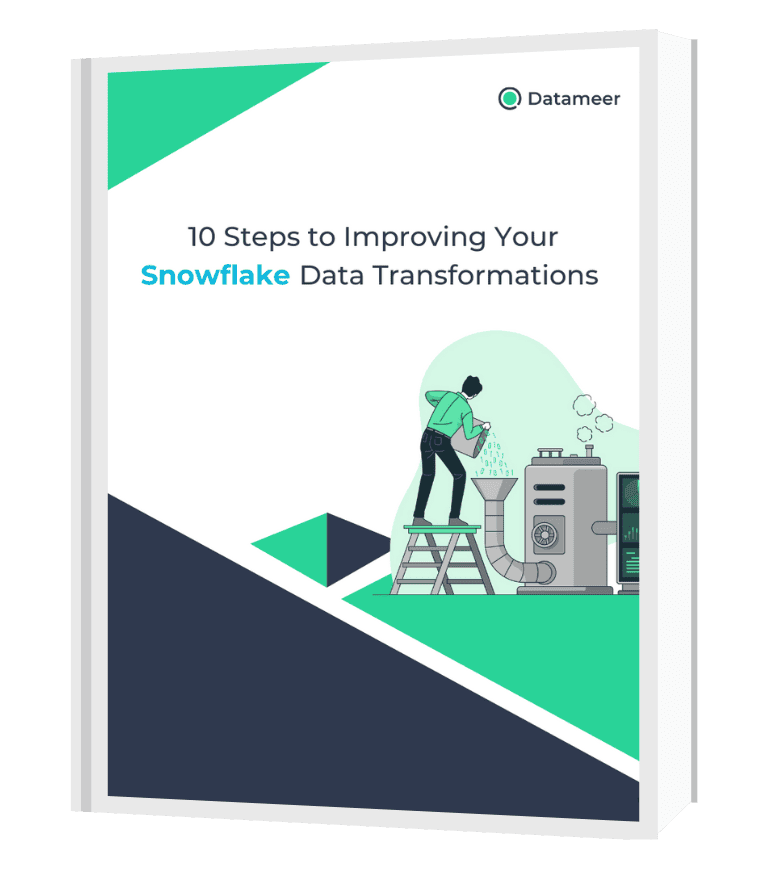
10 Steps to Improving Your Snowflake Data Transformations
Optimize your approach to data transformation in Snowflake and use tools that allow you to maintain a single plane of glass into all your data transformation queries to optimize them effectively.

10 Steps to Improving Your Snowflake Data Transformations
The shift to cloud analytics and cloud data warehouses was supposed to simplify and modernize the data stack for analytics. On-premises, your data stack was simple – an ETL tool such as Informatica and a data warehouse such as Teradata. Yet, many cloud journeys have done quite the opposite – the data stack has gotten more complex and expensive. In the end, this drove up data engineering costs.
T in your ELT data stack
The T, or transformation part, is where the raw data loaded into Snowflake is transformed into a form that is useful for analytics and can be directly consumed by analytics and BI tools.
Virtual Data Warehouses
Primary means by which you scale out your data and analytics in Snowflake.
Execution Optimization
How complex are the queries/models? How much data do the queries/models consume? How are the queries executed?
Datameer DTaaS
Modern, scalable cloud data warehouse - that combines to provide a highly scalable and flexible environment to transform your data into meaningful analytics.
WHAT ARE THE KEYS TO IMPROVING MY T FOR SNOWFLAKE?
Auto-tuning and optimization directly apply to data transformation in Snowflake. In the past, data modelers would define the final queryable structures in a data warehouse for optimal performance using technical attributes. ETL developers would work hand-in-hand to optimize how data was transformed and loaded into the highly tuned data structures in the data warehouse. Even small mistakes could be very costly.
DATA TRANSFORMATION TECHNIQUES
- Reduce complexity where you can. Although having reusable components is good from a workflow standpoint, having too many layers in your queries can be detrimental.
- Materialize JOINs. JOINs are very costly operations in cloud data warehouses and will drive up the compute bill.
- Discard data you don’t need. Much of the raw data contains fields/columns not needed in the analysis, especially if the data transformation queries are specific to one use case.